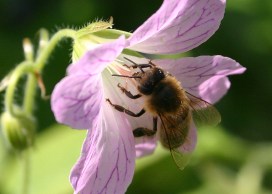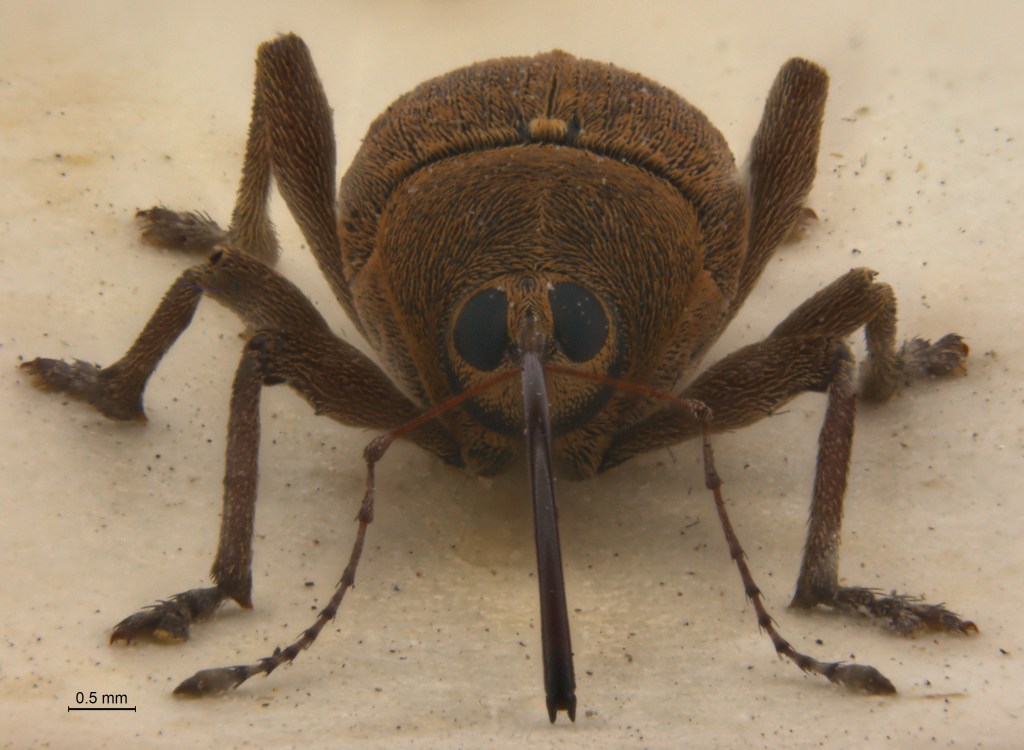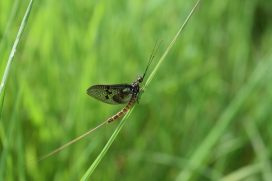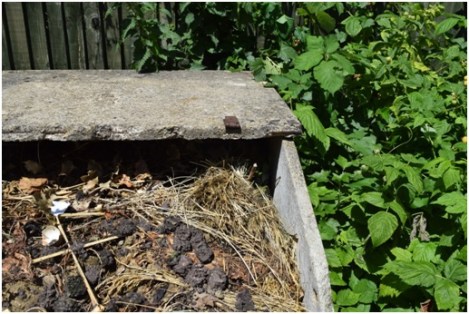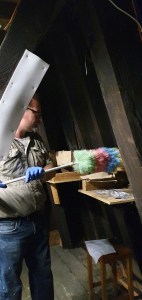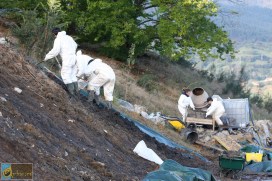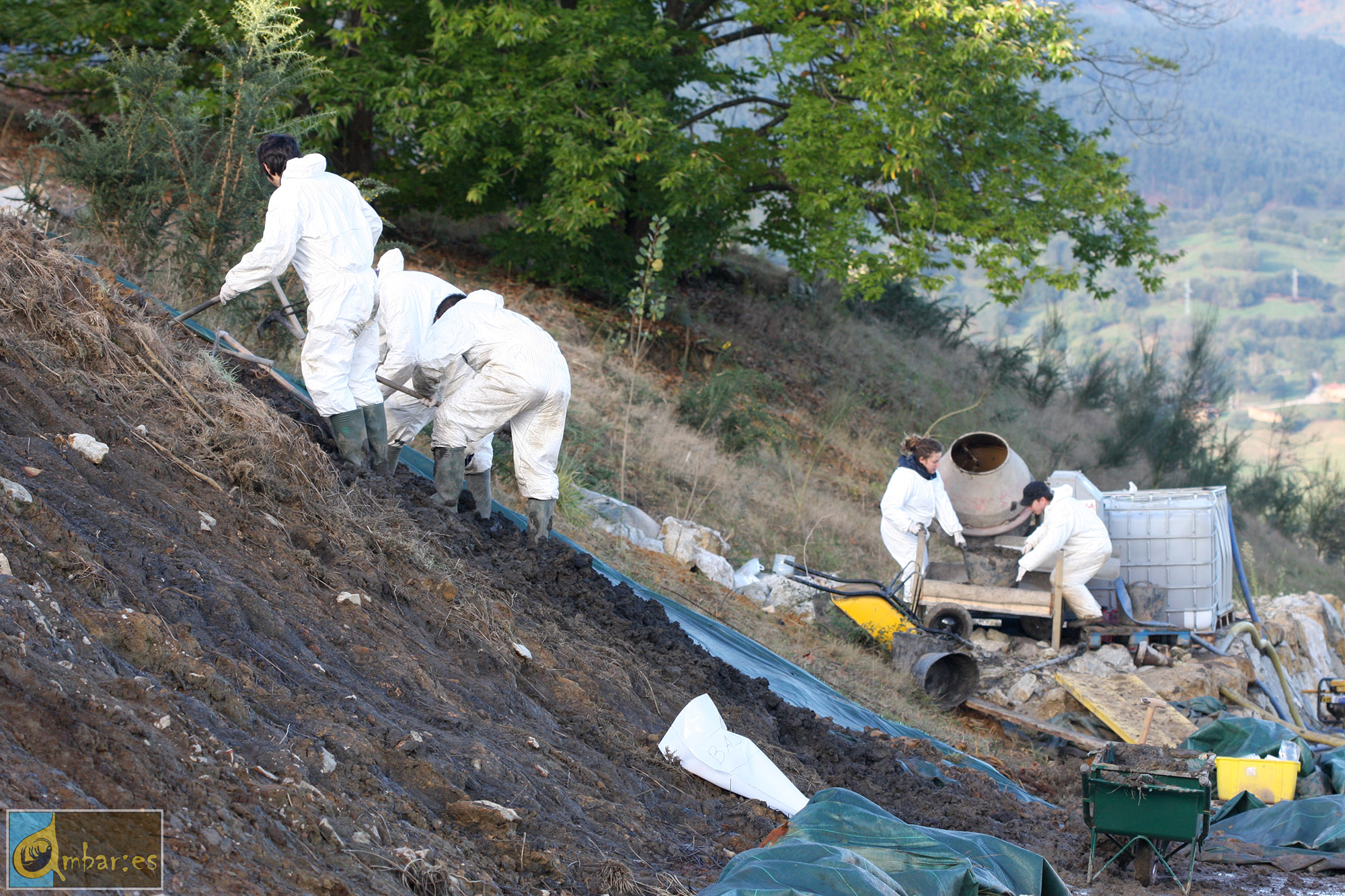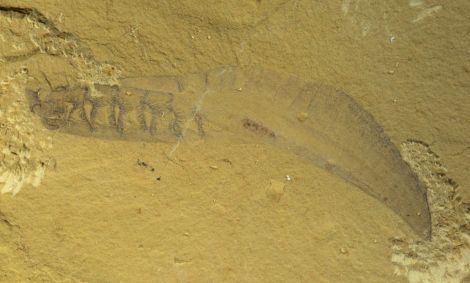Solving a celestial mystery: the Sun, Earth and Moon model
By Danielle Czerkaszyn, Librarian and Archivist
We like to think we know a lot about our collections, but with millions of items to care for some inevitably remain mysterious, with little record of their history. Luckily, every now and then someone gets in touch with a story about an object or specimen we know very little about. We were delighted when this happened recently for one of the most overlooked items on display: a delicate scale model of the Sun, Earth and Moon.
The model is a long-standing feature of the upper gallery: an astronomical moment hidden amongst the zoological and the geological. Yet we knew very little about it. Who made it, when was it installed, and what was its intention?

Meet the maker: Ted Bowen (1898-1980)

Thanks to a chance remark by Dr Will Bowen we can reveal that the model was created by his grandfather, Edmund ‘Ted’ John Bowen, lifelong fellow in Chemistry at University College. Ted Bowen was passionate about communicating science effectively, and the model was intended as a simple yet powerful representation of the true scale of our Solar System.
Born in Worcester in 1898, Ted Bowen won the Brackenbury Scholarship in 1915 to the University of Oxford, where he studied chemistry in the Balliol/Trinity labs. It was here that, from necessity, he started to create his own scientific apparatus and models, all made from whatever was to hand.
In 1935, Bowen was elected a Fellow of the Royal Society for his research into fluorescence and in 1963 was awarded the society’s Davy Medal in recognition of his distinguished work explaining photochemical reactions. While Bowen devoted his working life to the field of chemistry, he had many other scientific interests, especially palaeontology, but also our planetary system.
Creation of the Sun, Earth, Moon model

Although we don’t know for sure, it is likely that the model was made between 1965 and 1971, and donated while Bowen was a member (and later chairman) of the Committee for the Scientific Collections in the University Museum, as the Museum was then known.
The distance across the Museum’s main court, around 37 metres, represents the distance between the Earth and the Sun – one Astronomical Unit, or 150 million kilometres. This makes the model scale to roughly 1:4,000,000,000!
The Sun itself is the size of a small beach ball, while the Earth and the Moon become tiny objects: the Earth the size of a small pea, and the Moon little more than a dot. Yet Bowen’s attention to detail is striking: the Earth is decorated with continents and even the miniscule Moon has texture to its surface.

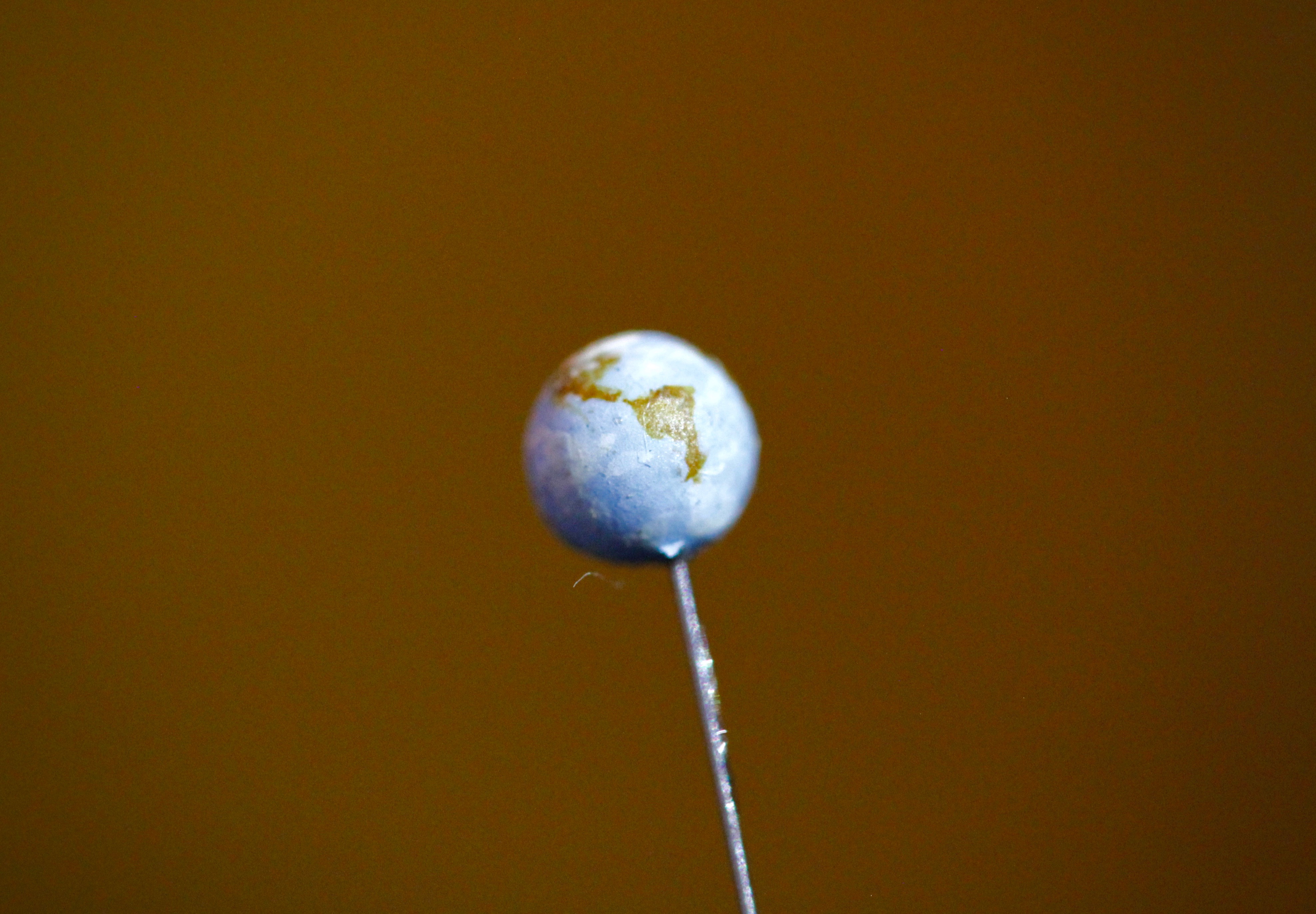
If you haven’t seen it before, be sure to look out for the model on the upper gallery of the Museum: the Earth and Moon are on one side, where the Museum Café is currently located, and the Sun glistens on the far side, nestled in our temporary exhibition gallery.
Many thanks to Dr Will Bowen for his reminiscences, which have illuminated an object that was hidden in plain sight.



